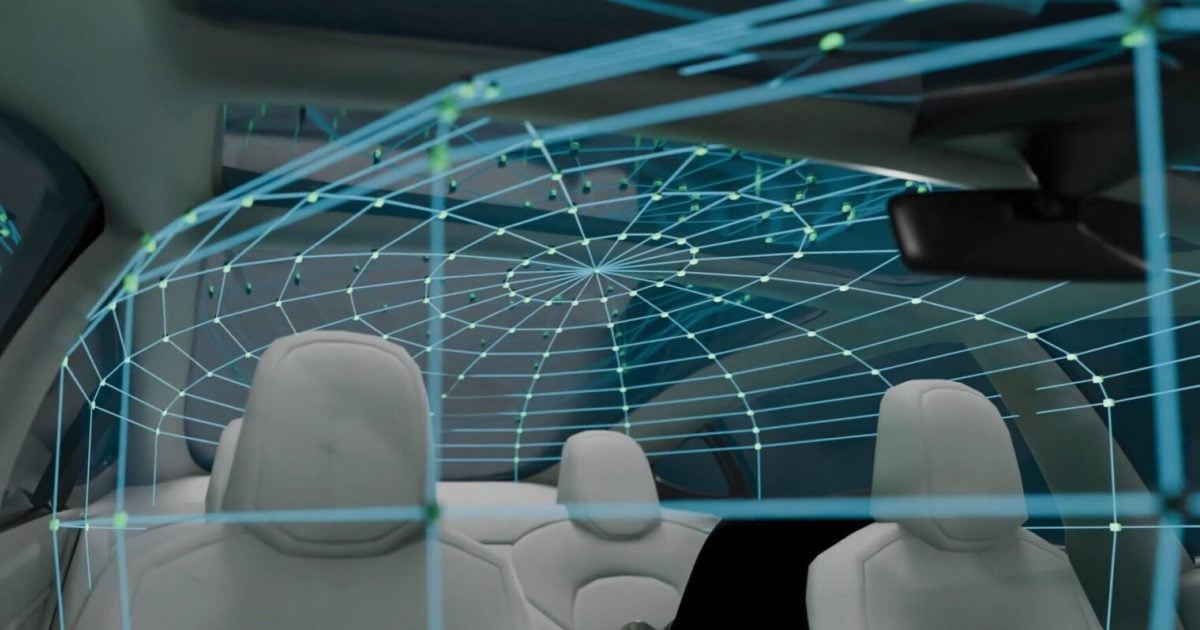The first rule of product design is creating a product that works as advertised. Quality assurance is an existing discipline with solutions companies today. But businesses that want another, perhaps more all-encompassing, perspective on their products’ performance can call on Intertek to lend a hand – or 82,000 of them.
Intertek, which has 41,000 people around the world and 1,000 labs in 100 countries, is not new to this kind of thing. The company has been around since Thomas Edison invented the light bulb, said Matthew Nelson, Intertek business development manager. In fact, he said, it was Intertek that tested those lightbulbs to ensure their safety.
While Intertek does testing on everything from oilrigs to paint content, Nelson and his group are focused on the software side of the Internet of Things. Nelson said a company can make the best washing machine in the world, but if its mobile app for that washer doesn’t work, it can make for a poor customer experience. So, to ensure it delivers the experience that’s expected, Intertek tests both the app and everything involved (like connectivity, potentially geo-fencing, etc.) to make it work. Icontrol Networks, a provider of home security systems, and iHeartRadio are among Intertek’s IoT customers.
Intertek also offers benchmarking services. If a vendor thinks it has the best battery or the best router, for example, it can put that theory by the test by providing Intertek with its product, a list of their competitors, and the parameters it wants to measure. If the test turns out as expected, the contracting company can use that information in its marketing collateral. If not, it can use that information to figure out how and where to make improvements.
The company also works with clients to verify bug fixes so they can meet deadlines, as it did for one connected home solutions provider; help write automation scripts; do security testing; test products and components coming out of places like China (where there’s a high amount of mislabeled stuff) to ensure they are what they say they are; and more.
When it comes to product design and delivery, Nelson said, it’s not about just meeting the standards and the doing the bare minimum of what’s needed to get to market. It’s about brand protection by delivering a product that is safe to use, and does what it’s supposed to do in real-world environments.
Edited by
Kyle Piscioniere





